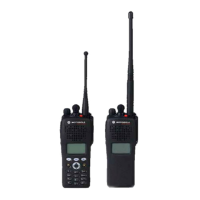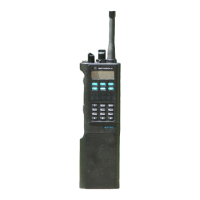Do you have a question about the Motorola ASTRO APX 7000 Series and is the answer not in the manual?
| Brand | Motorola |
|---|---|
| Model | ASTRO APX 7000 Series |
| Category | Portable Radio |
| Language | English |
Procedures for sending emergency alarms and calls.
Information on safe usage and FCC RF energy exposure requirements.
How to receive and respond to talkgroup, private, and telephone calls.
Procedure for initiating a call to a group of users.
Steps to make private calls and telephone calls.
Overview of advanced call features like selective calling.
Procedure for receiving a selective call from an individual.
Sending data calls to dispatcher about predefined status.
Temporarily reassigning radios to a special channel for communication.
Procedure to make a private call using the Contacts list.
Steps for adding new contacts and deleting existing entries.
How to view the contents of a preprogrammed scan list.
Procedure to enable or disable channel scanning.
Procedure for receiving and responding to a call alert page.
Sending a data transmission to identify the radio in an emergency.
Initiating an emergency call with priority access on a channel.
Combining an emergency alarm with an emergency call.
Sending an emergency alarm without audio or visual indicators.
How to log in users and select ARS modes.
Procedure for associating a user with the radio via username or PIN.
How to access the TMS feature screen and main menu options.
Step-by-step guide to composing and sending a new text message.
Procedure for sending predefined quick text messages.
How to edit predefined quick text messages before sending.
How to receive and view incoming text messages from the inbox.
How to view messages that have been sent.
Procedure for selecting secure voice transmission mode.
How to enable, disable, and unlock the radio's security feature.












